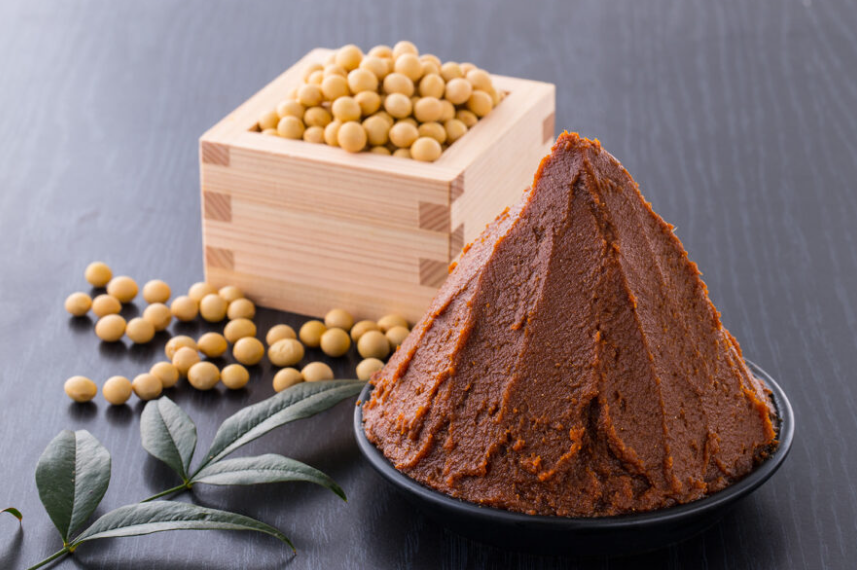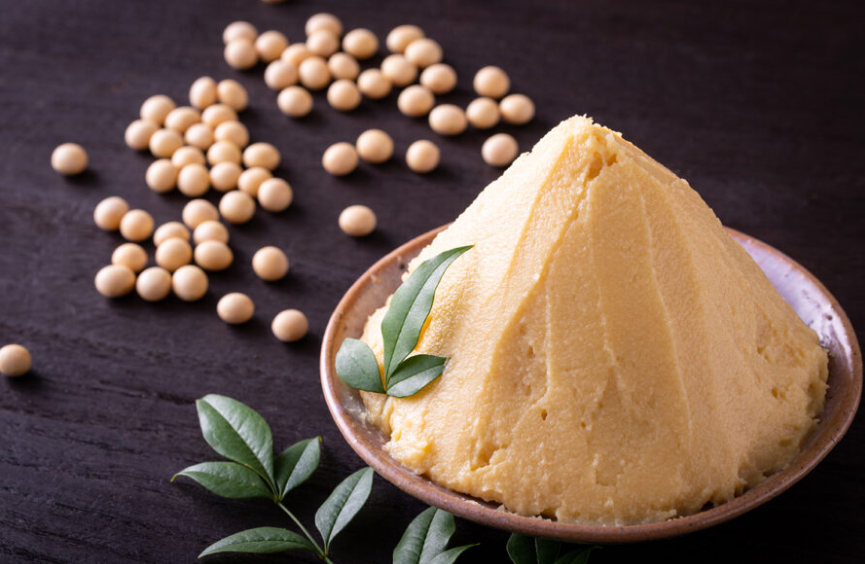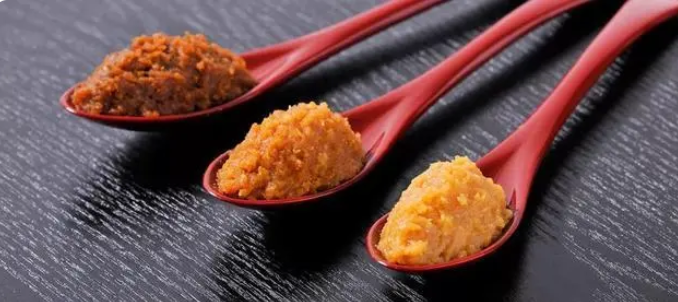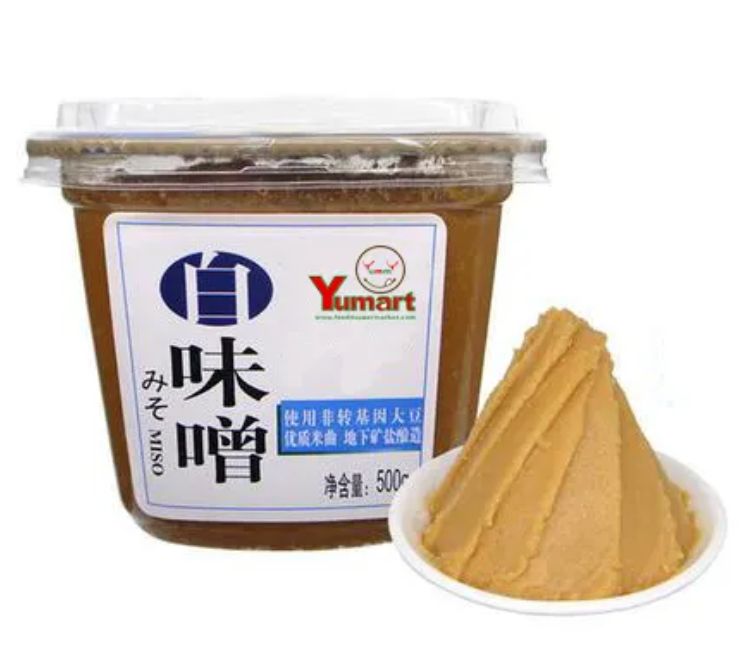Miso, a traditional Japanese seasoning, has become a cornerstone in various Asian cuisines, renowned for its rich flavor and culinary versatility. Its history spans over a millennium, deeply embedded in Japan's culinary practices. The initial development of miso is rooted in a fermentation process involving soybeans, which has transformed into a range of types, each boasting unique characteristics, flavors, and culinary applications.
Historical Background
Miso's origins can be traced back to the Nara period (710-794 AD), when it was introduced to Japan from China, where similar fermented soybean products were already in use. The term "miso" is derived from the Japanese words "mi" (meaning "to taste") and "so" (meaning "fermented"). Initially, miso was considered a luxury item reserved for the elite; however, over the centuries, it became more accessible to the broader population.
The production of miso is a fascinating process that can take anywhere from a few months to several years. Traditionally, soybeans are cooked and combined with salt and koji, a mold called Aspergillus oryzae. This mixture is left to ferment, during which the koji breaks down the starches and proteins, resulting in the umami-rich flavor that miso is celebrated for.
Benefits of Fermented Foods
Fermented foods like miso, are created through a natural process where microorganisms, such as bacteria and yeast, break down sugars and starches. This process not only adds complexity for the food, but also extends its shelf life. Fermented foods are often rich in probiotics, which are live bacteria that provide health benefits. The presence of these beneficial microorganisms contributes to the tangy taste and unique textures that make fermented foods distinct and enjoyable.
The fermented foods also offer a multitude of health benefits. They are known to support digestive health by improving gut microbiota balance, which can lead to better digestion and nutrient absorption. Additionally, probiotics in fermented foods can enhance the immune system, reducing the risk of infections and illnesses. By integrating fermented foods into our diets, we can harness their potential to promote overall health and well-being.
Types of Miso
Miso comes in several varieties, each differentiated by its colors, ingredients, fermentation duration, and flavor profile. The followings are the most commonly found types and they are categorized by color.
1. White Miso (Shiro Miso): Characterized by a higher proportion of rice to soybeans and a shorter fermentation period, white miso offers a sweet and mild flavor. This type is often employed in dressings, marinades, and light soups.
2. Red Miso (Aka Miso): In contrast to white miso, red miso undergoes a longer fermentation process and contains more soybeans, resulting in a darker hue and a more robust, salty flavor. It pairs well with hearty dishes like stews and braised meats.
3. Mixed Miso (Awase Miso): As the name suggests, this type combines both white and red miso, striking a balance between the sweetness of white miso and the depth of red miso's flavor. It serves as a versatile option in various recipes, from soups to marinades.
Those are the varieties you’re most likely to find at the grocery store, but there are over 1,300 different varieties of miso to know and love. Many of these types are often named after their ingredients.
1. Wheat Miso (Mugi Miso): Made primarily from wheat and soybeans, it features a distinct flavor that is slightly sweet and earthy. It typically appears darker than white miso but lighter than red miso, making it suitable for sauces and dressings.
2. Rice Miso (Kome Miso): This variety is crafted from rice and soybeans, akin to white miso but can range in color from light to dark based on fermentation duration. Rice miso offers a sweet and mild flavor, ideal for soups and dips.
3.Soybean Miso (Mame Miso): It is primarily made from soybeans, resulting in a darker color and a robust, salty flavor. It is often used in hearty dishes like stews and soups, where its strong taste can enhance the overall flavor profile.
Culinary Applications
Miso is incredibly adaptable and can be utilized in a wide range of dishes. It plays a key role in miso soup, a traditional Japanese dish that serves as a comforting starter. Beyond soups, miso enhances the flavor of marinades for grilled meats and vegetables, dressings for salads, and even seasoning for roasted dishes.
Nowadays, miso can be integrated into more modern recipes, such as miso-glazed eggplant, miso-infused butter, or even desserts like miso caramel. Its unique flavor complements a variety of ingredients, adding depth and complexity to both savory and sweet dishes.
Conclusion
Miso is more than just a seasoning; it represents a rich aspect of Japan's culinary heritage. Its extensive history and diverse varieties exemplify the artistry of fermentation and the significant influence of regional ingredients.
As global interest in Japanese cuisine continues to rise, miso is poised to infiltrate kitchens worldwide, inspiring new dishes and flavors. Whether you are an experienced chef or a home cook, delving into the different types of miso can elevate your cooking and foster a deeper appreciation for this ancient ingredient. Embracing miso in your culinary endeavors not only enhances flavors but also connects you to a tradition that has thrived for centuries.
Contact
Beijing Shipuller Co., Ltd.
WhatsApp: +86 136 8369 2063
Web: https://www.yumartfood.com/
Post time: Oct-16-2024





